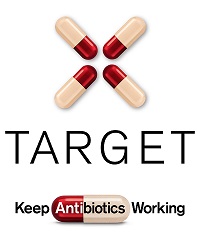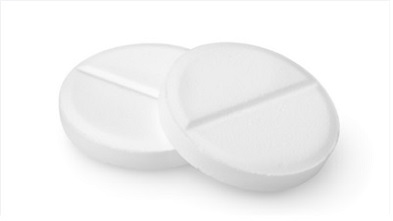Leaflets to discuss with patients
 Using patient
leaflets interactively in consultations is the best way to support effective discussions and maintain patient satisfaction.
Using patient
leaflets interactively in consultations is the best way to support effective discussions and maintain patient satisfaction.
Version 1.0, November 2021.
RTI Pictorial Leaflet
RTI Pictorial Leaflet - HTML

Contents
- Help yourself to feel better
- Check how long your symptoms last
- Consider if you have COVID-19
- Look out for serious symptoms
- Where to get help
1. Help yourself to feel better
Whatever your infection, you can do the following to help.

Take paracetamol to help pain; always follow the instructions

Ask your pharmacist for advice on reducing your symptoms

Get plenty of rest until you feel better

Drink enough fluids to avoid feeling thirsty

Use tissues when you sneeze to help stop infections spreading

Wash your hands regularly and after using tissues to sneeze
For more information, visit the NHS website.
Most common infections get better without antibiotics. Find out how you can make better use of antibiotics by visiting the Managing Your Common Infection self-care leaflet.
2. Check how long your symptoms last
Earache

Most get better by 8 days.
Sore throat

Most get better by 7-8 days.
Cold

Most get better by 14 days.
Cough

Most get better by 21 days (may differ for a COVID-19 cough).
If you are not starting to improve a little by the times given above, seek advice from your GP practice.
If you are feeling a lot worse, phone NHS 111, NHS Direct Wales or NHS 24 (see step 6).
3. Consider if you have COVID-19
COVID-19 specific advice
If you think you may have COVID-19 then please visit GOV.UK's coronavirus section and the NHS for the latest guidance and information.
Speak to NHS111, a pharmacist or your GP if you are worried about COVID-19.
4. Look out for serious symptoms
Severe headache

Trouble breathing

Chest pain

Coughing blood

Very cold skin

Feeling confused

Problems swallowing

Feeling a lot worse

If you have COVID-19 and start to feel worse, including showing the signs above, seek immediate medical help from NHS 111 (call 111 or visit NHS 111 online).
5. Where to get help




About this leaflet
TARGET is operated by the UK Health Security Agency. Developed in collaboration with professional medical bodies.
Version: 3.3
Published: October 2018
Review: November 2020